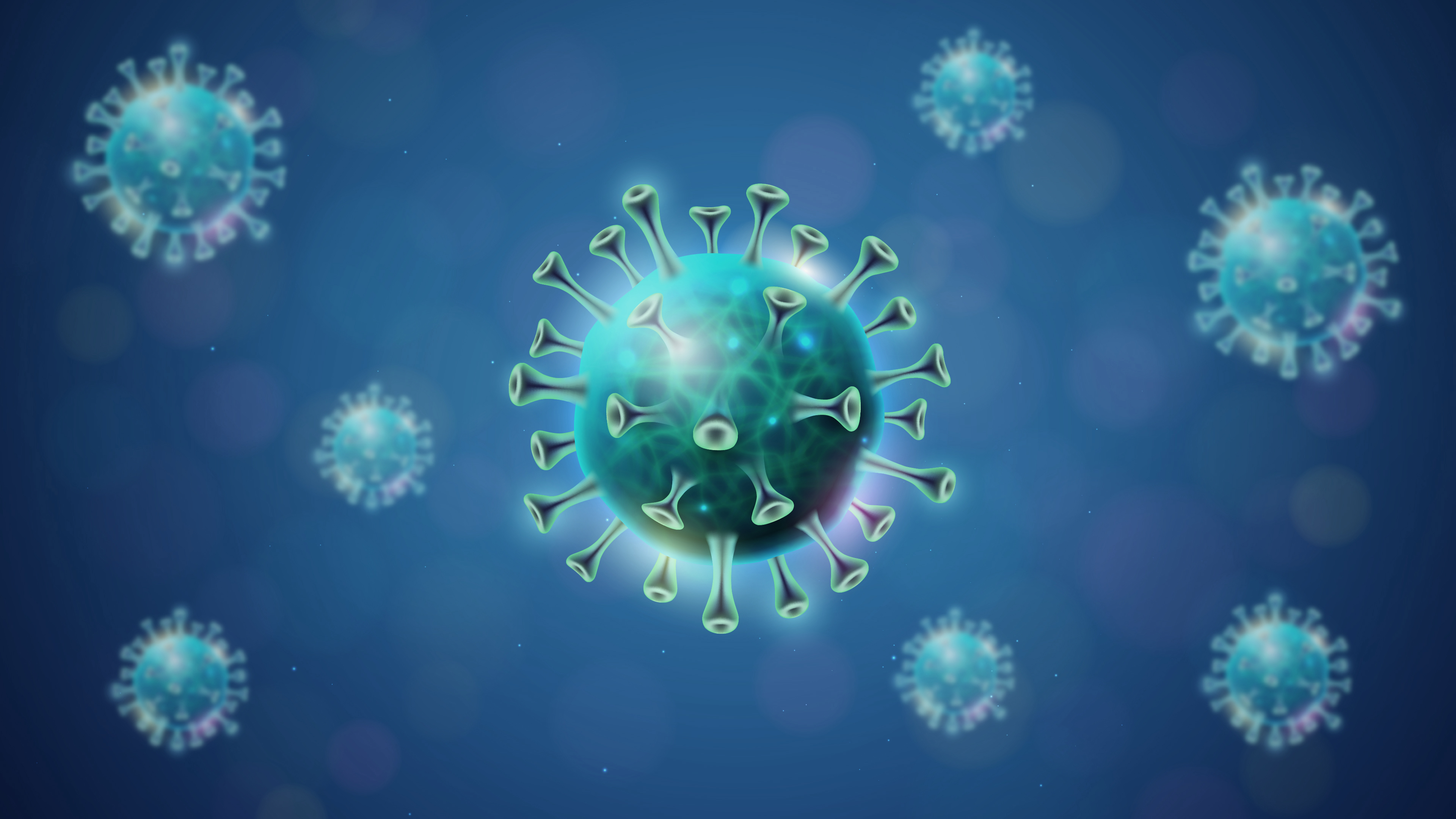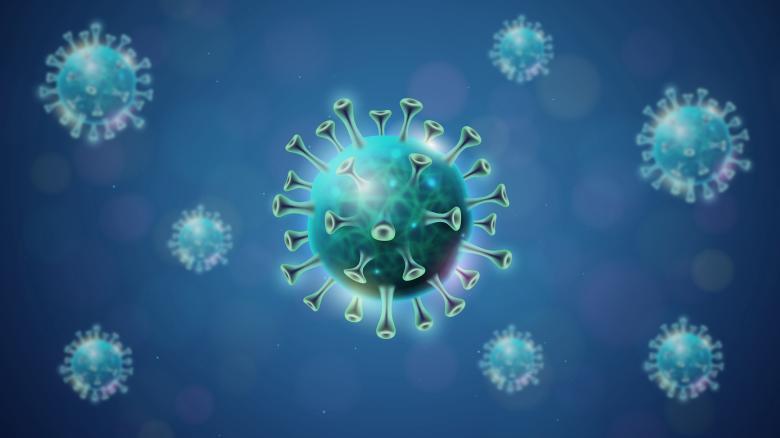About COVID-19


COVID-19 is a respiratory disease caused by SARS-CoV-2, a new coronavirus discovered in 2019. The virus is thought to spread mainly from person to person through respiratory droplets produced when an infected person coughs, sneezes, or talks. Some people who are infected may not have symptoms. For people who have symptoms, illness can range from mild to severe¹.
Older people, and those with underlying medical problems (e.g. cardiovascular disease, diabetes, chronic respiratory disease, cancer) are more likely to develop serious illness².
So far, the evidence suggests that the virus spreads mainly between people who are in close contact with each other, typically within 1 meter. A person can be infected when aerosols or droplets containing the virus are inhaled or come directly into contact with the eyes, nose, or mouth. The virus can also spread in poorly ventilated and/or crowded indoor settings, where people tend to spend longer periods of time. Indoor locations, particularly those with poor ventilation, are riskier than outdoor locations. People may also become infected by touching their mouth, nose or eyes after touching surfaces contaminated with the virus. Experts are continuing their research into how COVID-19 spreads, and which situations are most risky³.
Reference List:
¹ Coronavirus Disease 2019 (COVID-19) | Disease or Condition of the Week | CDC. (n.d.). Retrieved July 19, 2021
² Coronavirus. (n.d.). Retrieved July 19, 2021
³ COVID-19: Frequently asked questions | UNICEF. (n.d.). Retrieved July 19, 2021

